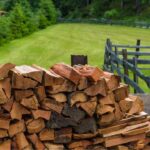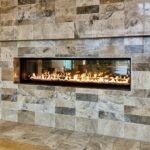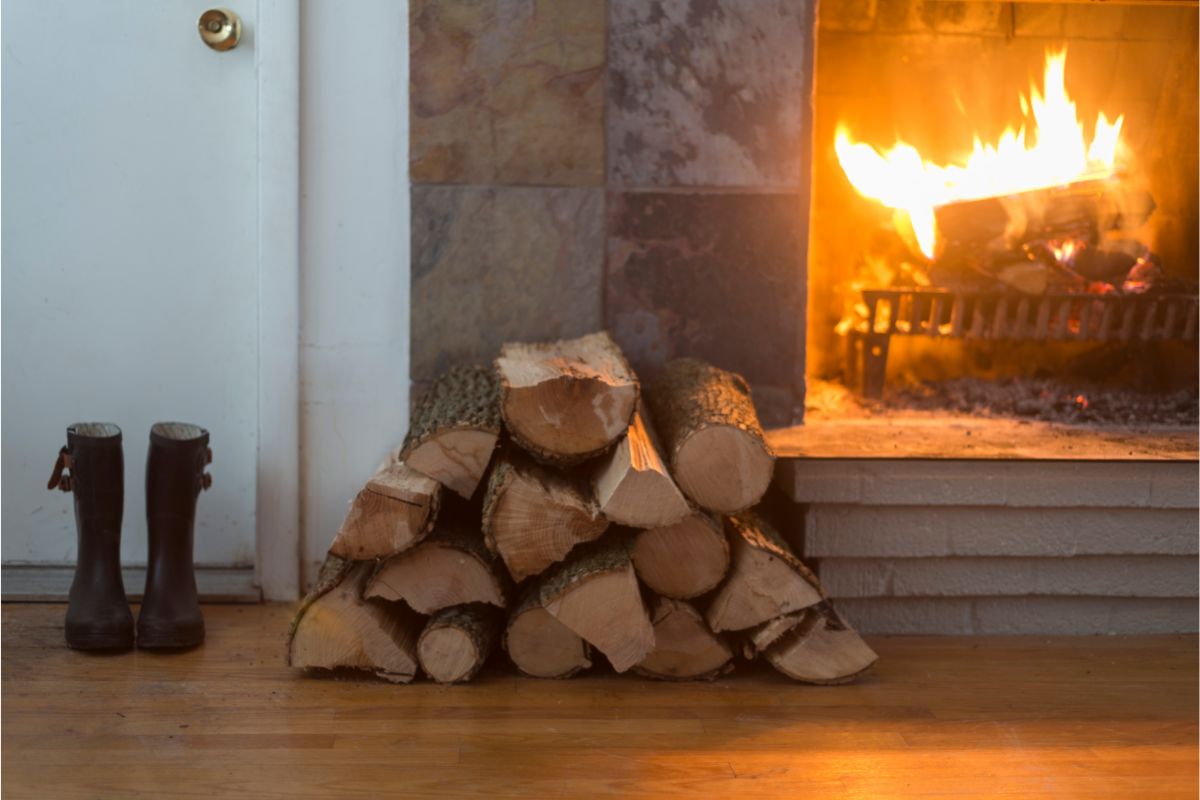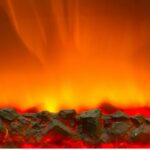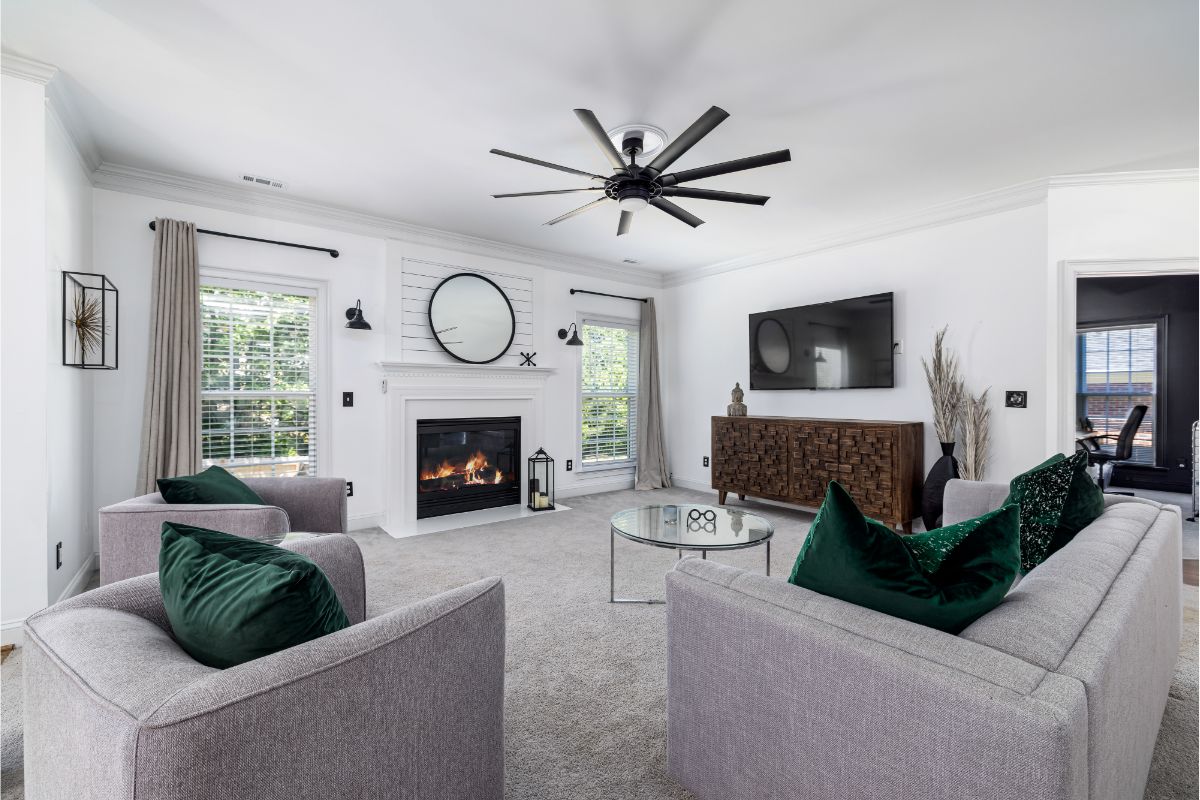In recent years, there has been a shift away from other modern means of heating – such as gas and electric – to more traditional methods like wood burning stoves.
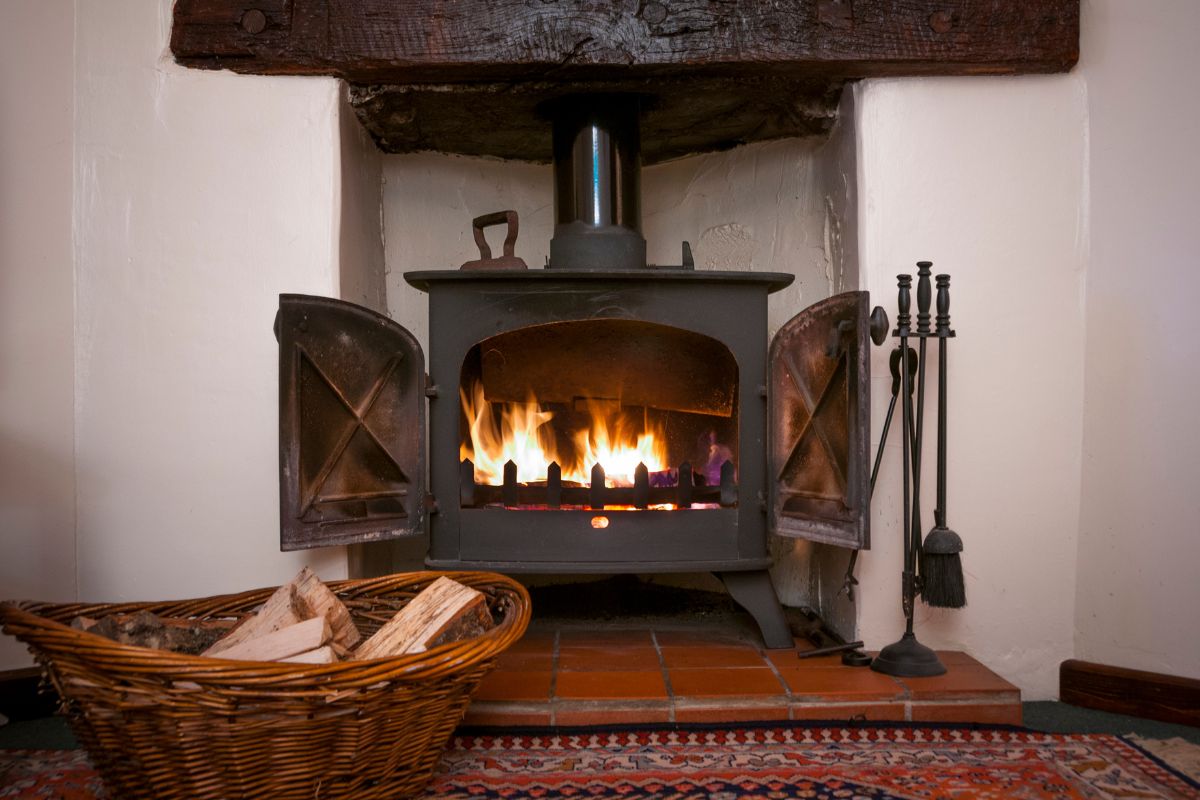
But why exactly is this, and what needs to be done to properly secure it in the home?
What Is A Wood Burning Stove?
A wood burning stove is an enclosed, metal stove surround, that houses a grid wherein wood can be laid and a fire started.
These are often accompanied by an attached chimney for the air to escape to the exterior of the house – so as to protect the home owners from carbon monoxide and other harmful chemicals associated with wood smoke.
Why Have They Become So Popular?
In recent years, wood burning stoves have become more and more popular, and there are several reasons for why this has happened.
Aesthetic
Firstly, many people like the aesthetic of having an open fireplace, or indeed a wood burning stove – something that has become more popular as the ‘country living’ design style has become more prominent.
There are many reasons why this has come about, namely as a response to growing modernization in all other walks of life.
Many people romanticize the past, and as such, the country design style allows them to have a warm, farmhouse style home that they can relax and take comfort from.
Better Warmth
Due to the nature of gas piping, and other forms of centralized heating in the home, they are generally less effective when it comes to generating heat.
This is because they are dispersed throughout the home, and as such there is no focus in one specific room of the house.
With a wood burning stove, or even an open fire, the heat is concentrated in the main living room space, which is generally where a family will congregate on cold evenings and nights when the temperature drops and a fire becomes necessary.
Cheaper
While purchasing pre-chopped wood might not be cheap in the long term, wood burning stoves are generally cheaper than gas, electric, and other more modern heating methods – which can rack up the dollars in terms of bills at the end of the month.
Wood burning stoves become even more effective if you live in a rural area with plenty of trees and wood to chop – meaning that you have a natural, free source of fuel for your stove, and that you can remain warm for free.
What To Put Behind A Stove?
When installing a stove into the home, it is important to surround it with suitable materials to lock in the heat, and protect the existing structure from damage caused by the fire and heat.
What Are The Best Materials?
The most common way to line a fireplace is with bricks. This is because they are extremely fire resistant, and can tolerate high temperatures with minimal damage and tarnishing.
Bricks will also help to absorb the heat, and will hold onto it for longer periods of time.
This will help with the overall maintenance of heat in the room, and can keep it feeling warmer even after the fire has died out.
A back panel can also be used, this is traditionally made from cast iron and is used to protect the rear wall from heat damage, to provide insulation and deflect the heat back into the room.
These back panels are often very decorative and will add to the decorative appearance of the fireplace. Cast iron back panels are durable and very easy to install.
These can of course be lined with other materials – and common choices for this include tiles, stone cladding, or even slate and other materials, and is entirely dependent on your decor style.
Are Wood Burning Stoves Expensive?
When it comes to the installation of a wood burning stove into the home, there are elements of the process that can be expensive – namely because of the need to attach a proper chimney, and pipe it into existing walls.
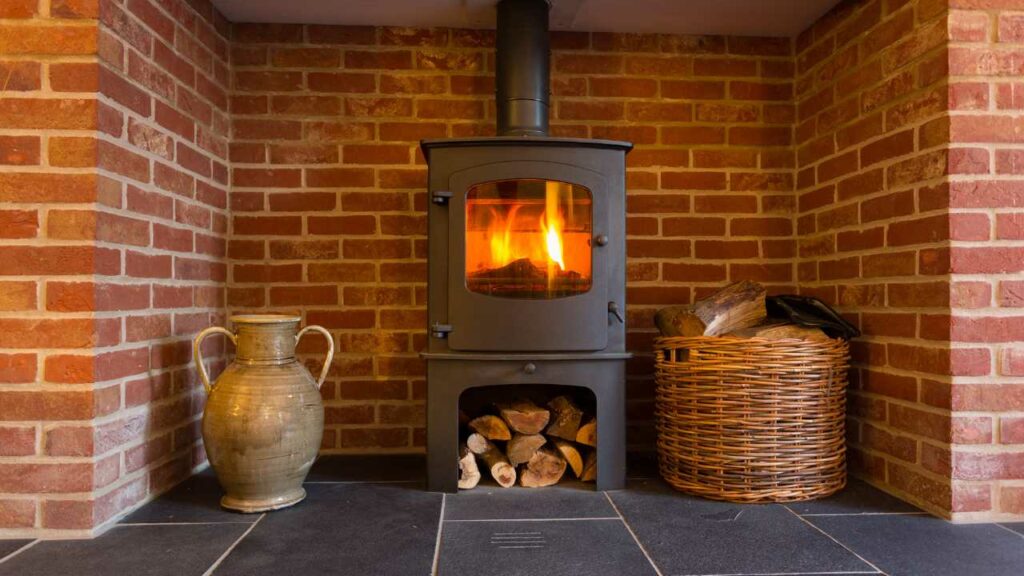
Also, depending on the products that the stove is made from, they can also be costly to purchase.
However, when you consider the savings made in energy bills over the coming years, this more than pays for itself in the long term.
Are Wood Burning Stoves Dangerous?
Generally speaking, having a relatively exposed fire in your home will mean you are coming into contact with far more toxins (like carbon monoxide) than you normally would with other heating methods – however, if you have a well sealed furnace and a good ventilation system, then it is not something you should actively be concerned about.
This is because you are literally burning wood or coal in the home – and despite the ventilation in the home, and the chimney to direct much of the smoke upwards, there are still trace elements of the fumes that can escape from the stove and into the air around you.
Now, the exact extent of this danger is debatable, but for those with respiratory illnesses, or for those with a family history of cancer, they could be a potential problem.
Wood Burning Stoves & Pollution Laws
Of course, depending on the state you live in, there might be some regulations regarding wood burning stoves, and the potential pollution they could emit.
This is because burning creates smoke, which in itself is laden with carbon dioxide and monoxide – and as such is not considered a ‘green’ process.
In the United States, the regulations state that all wood burning stoves should be authorized by the EPA (Environmental Protection Agency). However, there are countless exceptions within the regulations, based on the model of stove, and the way it works.
Final Thoughts
And there we have it, everything you need to know about wood burning stoves, and what to put behind them to secure warmth and protect your home.
It’s true that in recent years there has been a resurgence in the popularity of wood burning stoves – as homeowners forgo the ineffective trial of gas and electric heating, and opting for something more akin to their frontier roots.
However, if you are looking to get a wood burning stove, then you might want to consider this advice. Something tells me you won’t be disappointed!
- Discover the Ease and Elegance of Zero-Clearance Fireplaces - July 24, 2023
- How to Build a Frame for an Electric Fireplace Insert: A Step-by-Step Guide - July 16, 2023
- Bedroom Fireplace Ideas That Will Make You Want to Snuggle Up - July 16, 2023

